Ever wondered if those veggie and fruit skins you’ve been tossing might actually be packed with nutrients?
Turns out, some food peels are not only edible but super healthy, while others could send you straight to the hospital!
The question of which rinds go in the compost bin and which should be on your plate will be unsettled.
1. Apple Peels: Nutritional Powerhouses

Crisp apple skins contain more fiber, vitamins, and antioxidants than the flesh itself! These thin, colorful coatings pack a nutritional punch that boosts heart health and helps fight cancer.
Just be sure to wash them thoroughly to remove pesticides and wax. Organic apples are your best bet if you’re planning to munch the whole fruit. Why toss nature’s vitamin wrapper?
2. Potato Skins: Rustic Deliciousness

Did you know potato skins contain more potassium than bananas? Your body needs iron, fiber, and B vitamins, all of which are abundant in these earthy coats.
Scrub them clean, roast until crispy, and watch them transform into a delicious snack. However, avoid green patches or sprouts – those contain solanine which can make you sick. Share your favorite potato skin recipe with friends!
3. Kiwi Fuzz: Surprisingly Edible
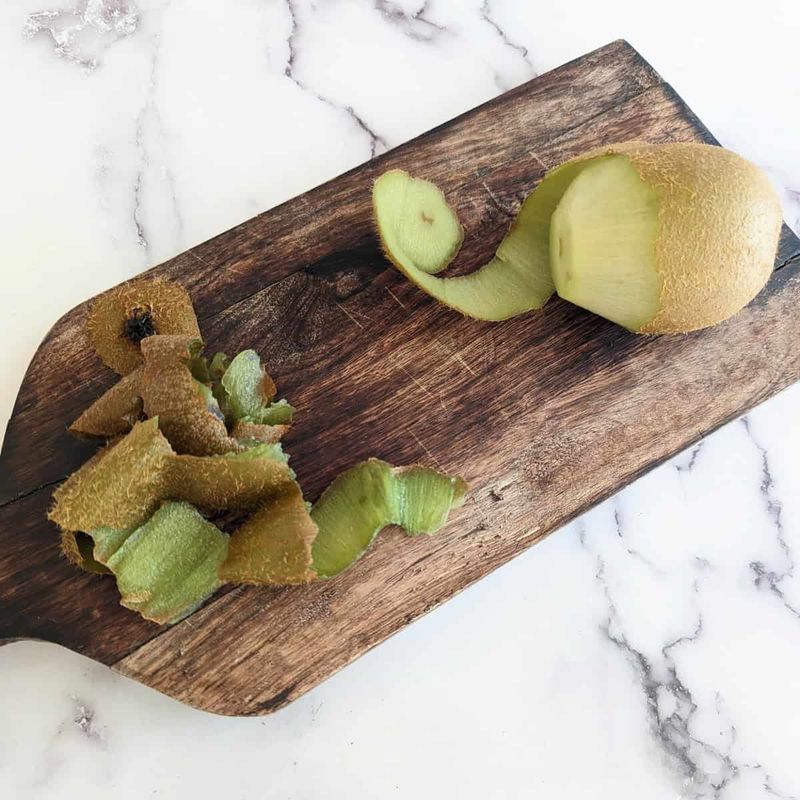
Though it resembles a tiny carpet, kiwi skin is completely edible and triples your fiber intake! The fuzzy exterior might feel weird at first, but it adds a tangy contrast to the sweet green flesh.
If the texture bothers you, try slicing kiwis paper-thin with the skin on. Many nutritionists recommend eating the whole fruit for maximum health benefits. Have you ever dared to try this furry fruit coating?
4. Cucumber Peels: Hydrating Skins
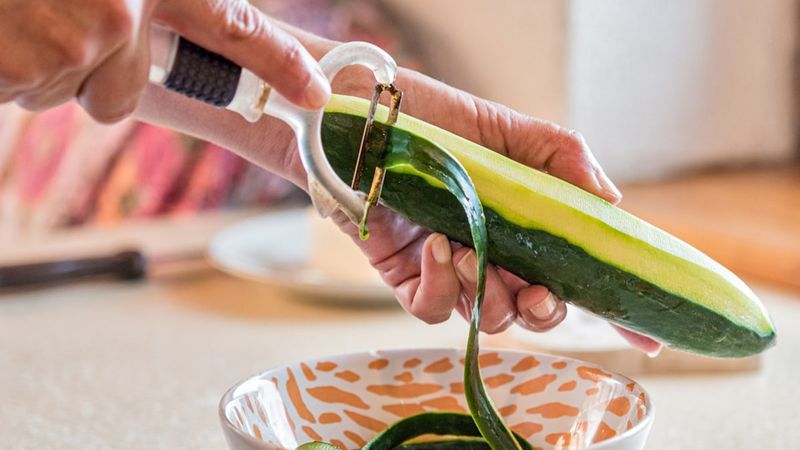
Cucumber skins contain most of this veggie’s nutritional value! The peel houses silica, which strengthens connective tissues and promotes beautiful skin.
Conventional cucumbers often have wax coatings, so opt for organic or homegrown varieties if possible. A quick scrub under water removes any surface residue. These hydrating green jackets deserve a spot in your salad rather than your trash can!
5. Citrus Zest: Flavor Bombs
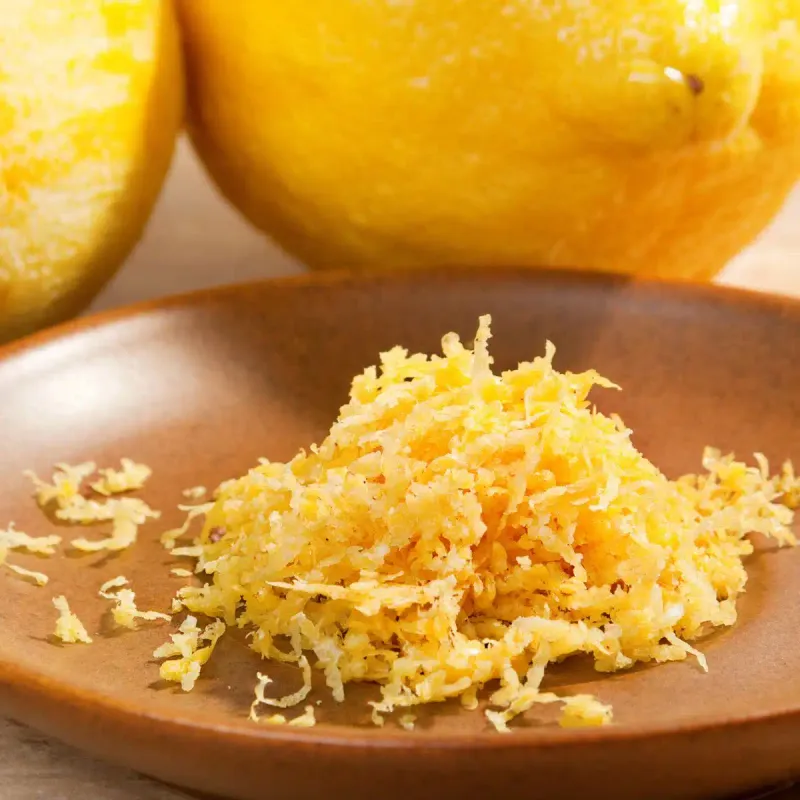
Zesty lemon, lime, and orange peels pack more flavor than their juicy insides! These aromatic outer layers contain powerful compounds that boost immunity and fight inflammation.
While eating thick citrus rinds isn’t pleasant, grating the colorful zest adds incredible depth to dishes. Just ensure you’re using unwaxed, organic fruits. What dish couldn’t use a sprinkle of this fragrant, vitamin-rich confetti?
6. Watermelon Rinds: Unexpected Treasures
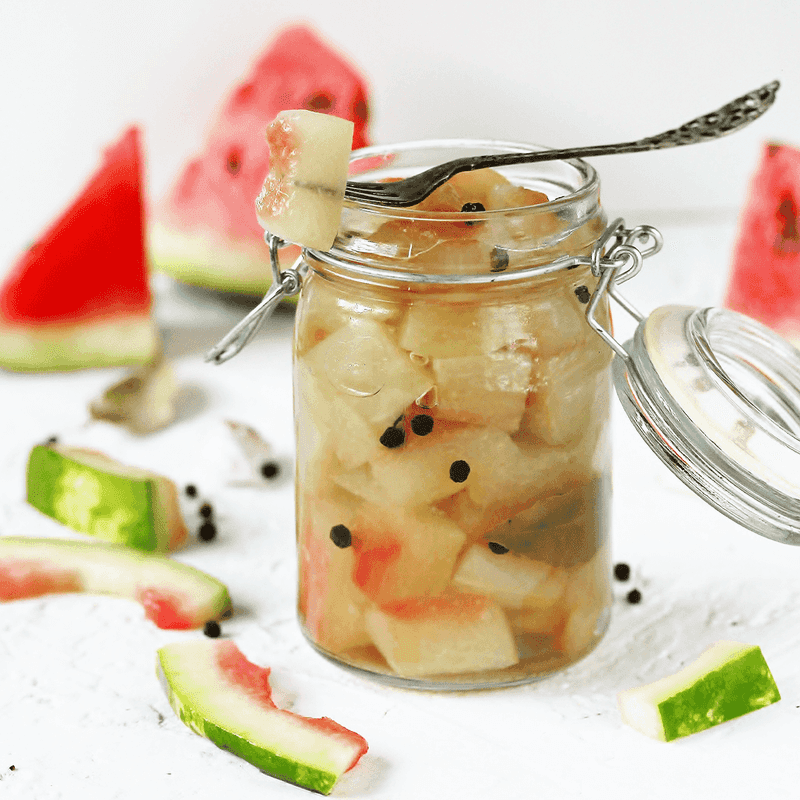
Believe it or not, that white watermelon rind is a culinary gem in disguise! Rich in citrulline, which improves blood flow, these crunchy castoffs can be pickled, stir-fried, or juiced.
Asian and Southern cuisines have long treasured these nutritious rinds. The pale portion between the red flesh and green exterior offers a cucumber-like crunch with mild sweetness. Ready to transform yesterday’s trash into tomorrow’s trendy side dish?
7. Mango Skin: Hidden Benefits
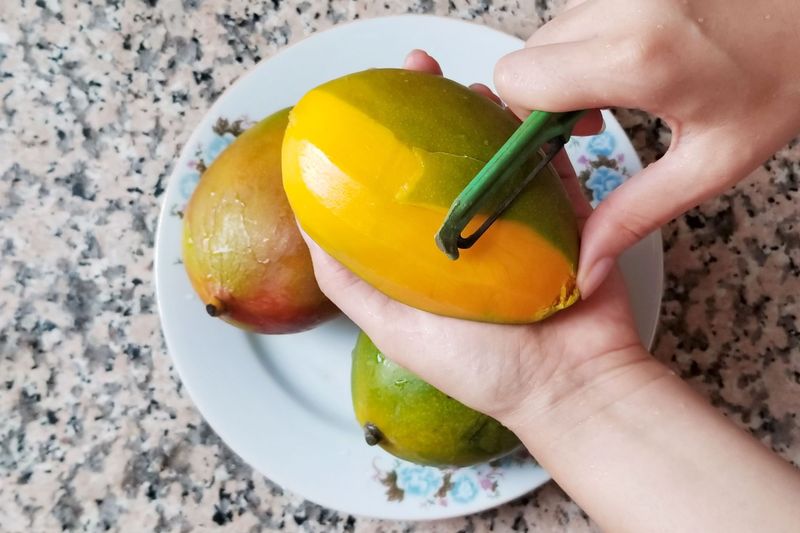
Surprise! Mango skin contains urushiol (the same compound in poison ivy) but in amounts most people can tolerate! The peel packs loads of antioxidants, dietary fiber, and vitamin C.
If you’re feeling adventurous, try eating organic mango with the skin – just wash thoroughly first. Though slightly bitter, this nutrient-dense covering provides cancer-fighting properties. Dare your friends to try this unusual culinary experience!
8. Pumpkin Skin: Roast-Worthy Rinds
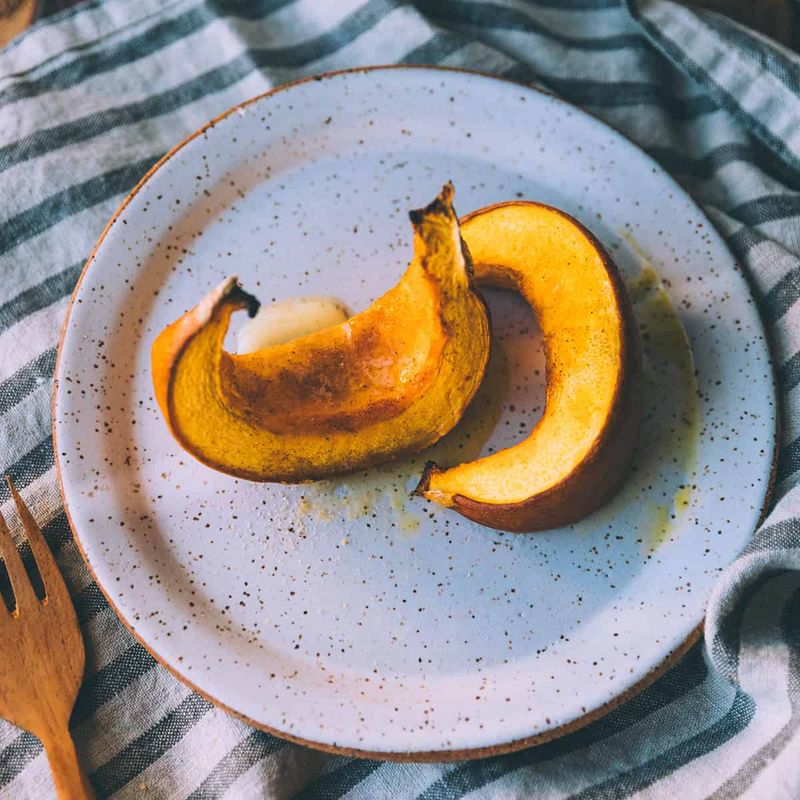
Holy harvest! Pumpkin skin transforms into a delicious treat when roasted! Beta-carotene, fiber, and potassium are included in these hardy exteriors, which soften nicely when heated.
Smaller, younger pumpkins have the most tender skins. Simply clean thoroughly, slice thinly, and roast with olive oil and spices. Though overlooked, these nutritious shells make a fantastic seasonal chip alternative. How about impressing guests with your zero-waste pumpkin cooking skills?
9. Avocado Skin: Toxic Trouble
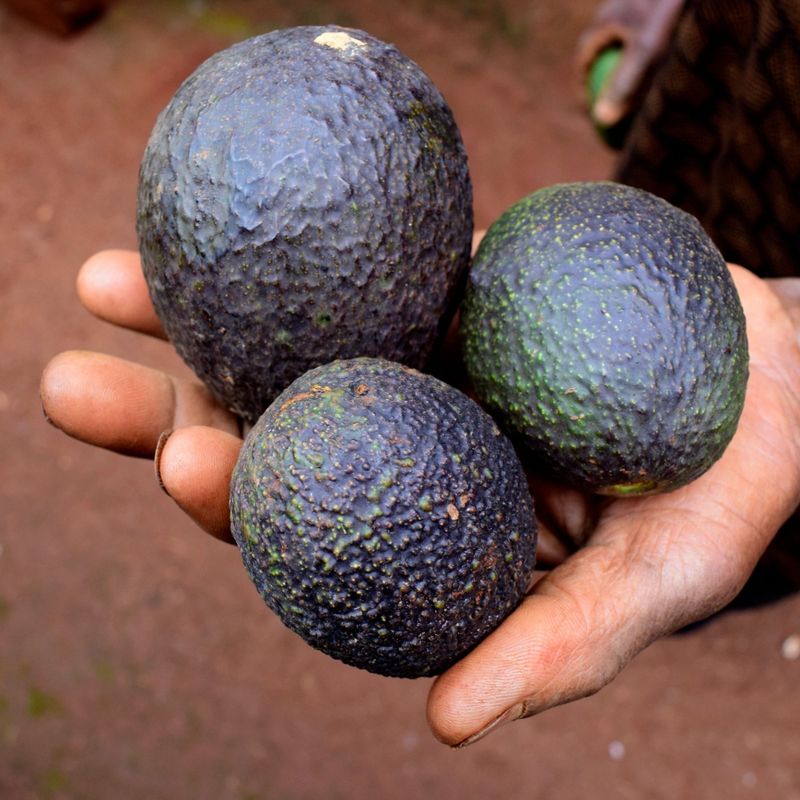
Yikes! Avocado skins contain persin, a fungicidal toxin that can cause serious digestive issues in humans! These leathery, bumpy exteriors were never meant for consumption.
Even though the fruit inside is a superfood, the peel belongs firmly in your compost bin. Interestingly, avocado skins and pits are even more dangerous for pets, potentially causing heart damage. Always keep these peels away from your furry friends!
10. Mango Pits: Dangerous Kernels
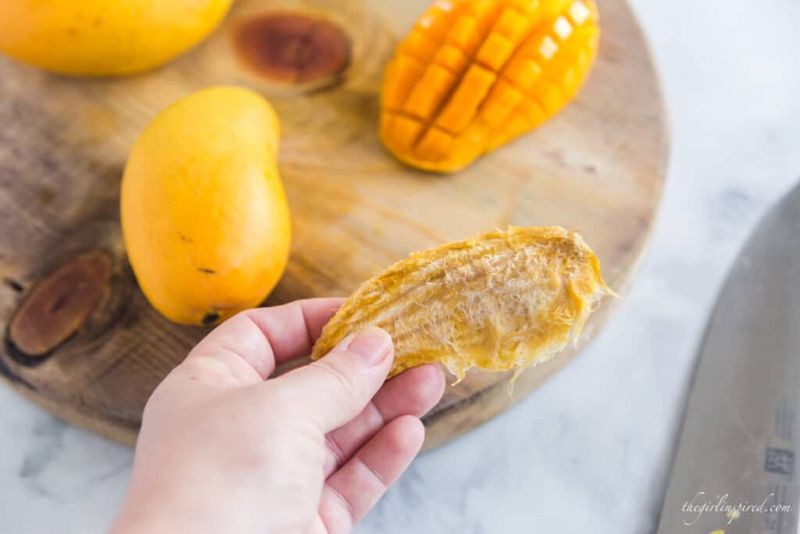
Despite the edible skin, mango pits harbor cyanide compounds that can be toxic! These large, flat seeds contain substances that convert to hydrogen cyanide in your body.
Though some cultures traditionally grind and use small amounts of mango seeds medicinally, it’s risky business for home cooks. The fibrous material around the pit can also cause digestive blockages. Keep these woody centers out of smoothies and trash them instead!
11. Onion Skins: Papery Problems
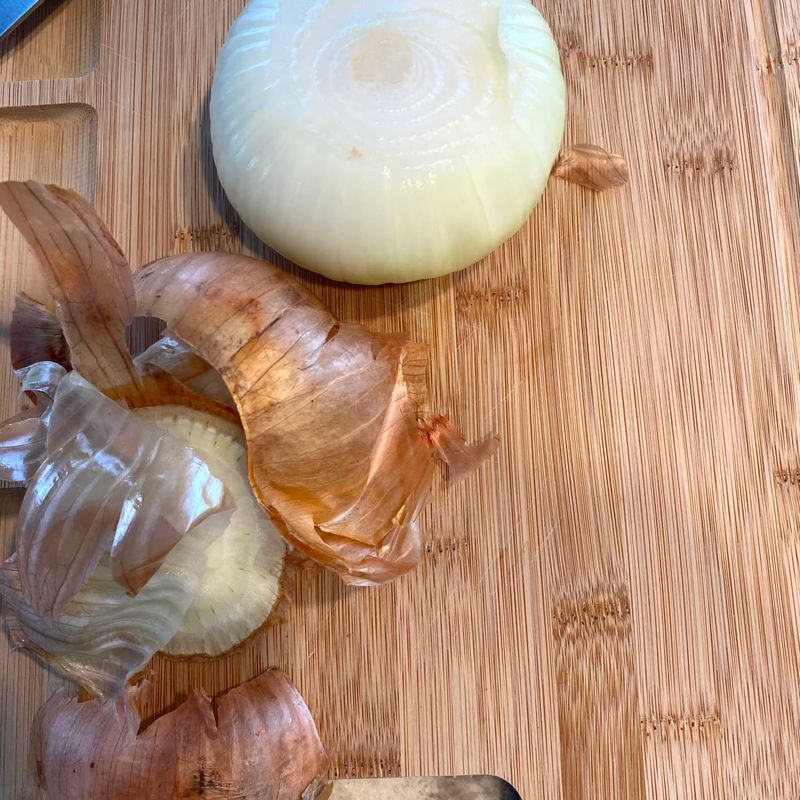
Those crinkly, papery onion skins? Technically edible but absolutely horrible to eat! While they won’t poison you, these dry, flaky coverings have an unpleasant texture that’s practically impossible to chew.
Interestingly, onion skins make excellent additions to stocks and broths for color and flavor – just remove before serving. They also create beautiful natural fabric dyes! Save these peels for crafting or composting rather than consuming them directly.
12. Banana Peels: Not For Humans
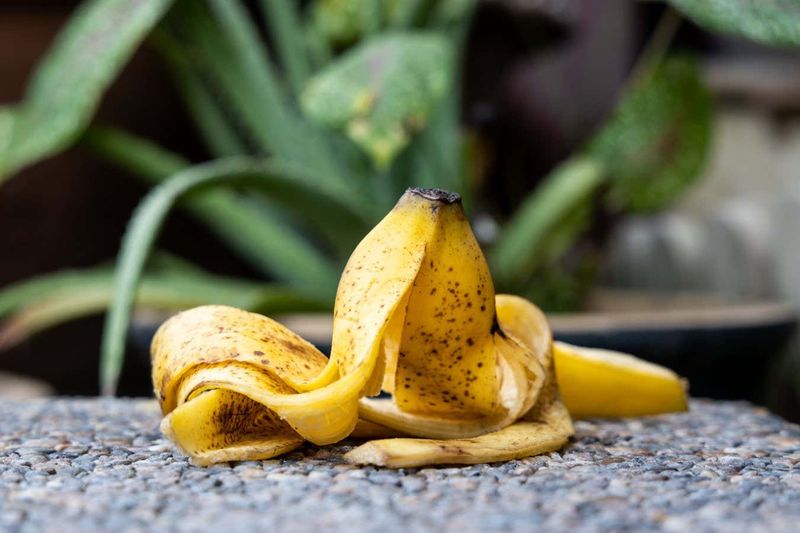
Despite internet challenges suggesting otherwise, banana peels aren’t meant for human consumption! These thick, fibrous coverings contain high amounts of tannins that create an unpleasantly bitter taste.
While technically not toxic, the texture and pesticide content make them unappetizing. Animals like cows and pigs can digest them easily, but our systems struggle. Instead, use banana peels as garden fertilizer or compost – your plants will thank you!
13. Pineapple Skin: Spiky Danger
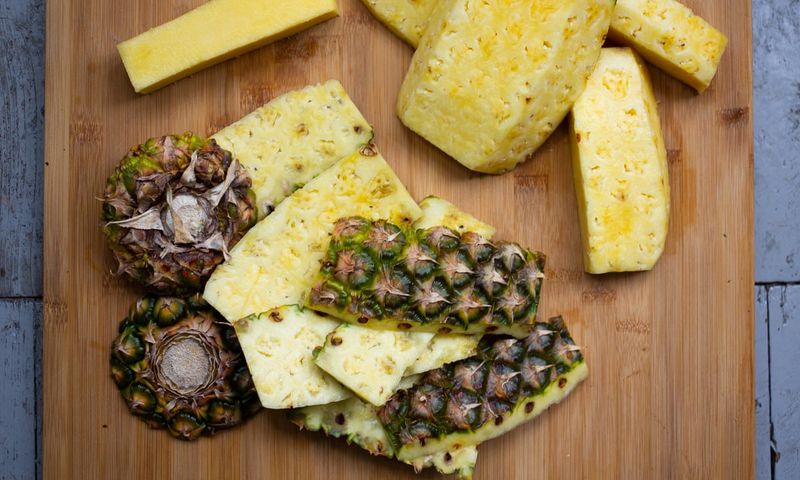
Ouch! Pineapple skins are loaded with sharp spines and bromelain, an enzyme so powerful it can literally digest proteins – including your mouth tissues! Nature uses these prickly exteriors as a warning to “keep out.”
Beyond the physical danger, pineapple skins contain compounds that can cause severe irritation. Save yourself a trip to the emergency room and toss these in your compost. Would you risk your tongue for a tough, fibrous peel?
14. Rhubarb Leaves: Deadly Greens
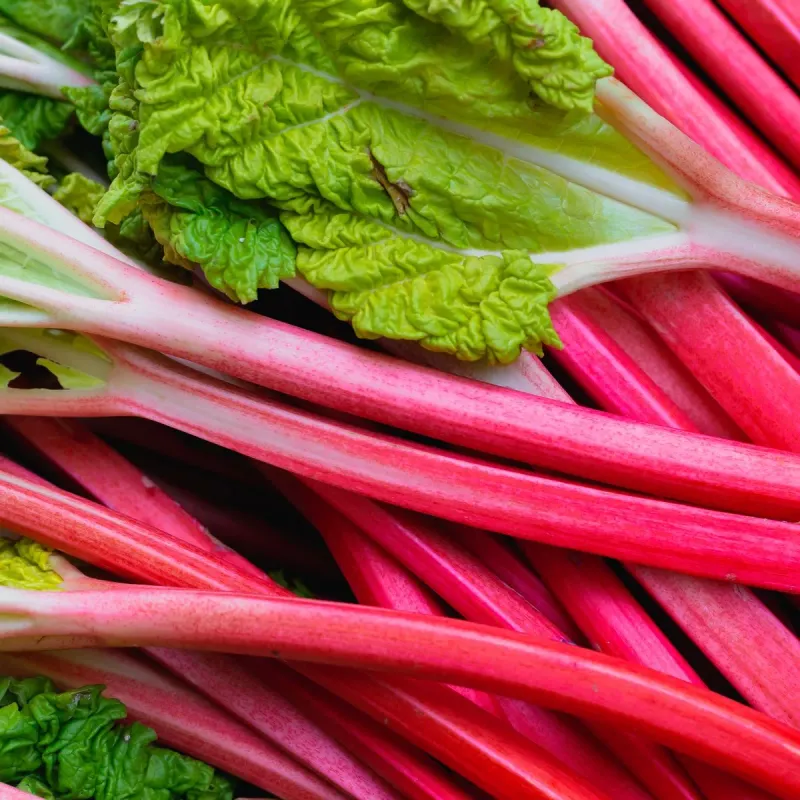
DANGER ALERT! Rhubarb leaves contain deadly levels of oxalic acid that can cause kidney failure! While the stalks make delicious pies, these large green leaves are seriously toxic.
Just 11 pounds of leaves could be fatal for an average adult. Even small amounts can cause nausea, vomiting, and difficulty breathing. Always discard these poisonous parts immediately and teach children to avoid them. No dessert is worth risking your life!
15. Lychee Shells: Hard No
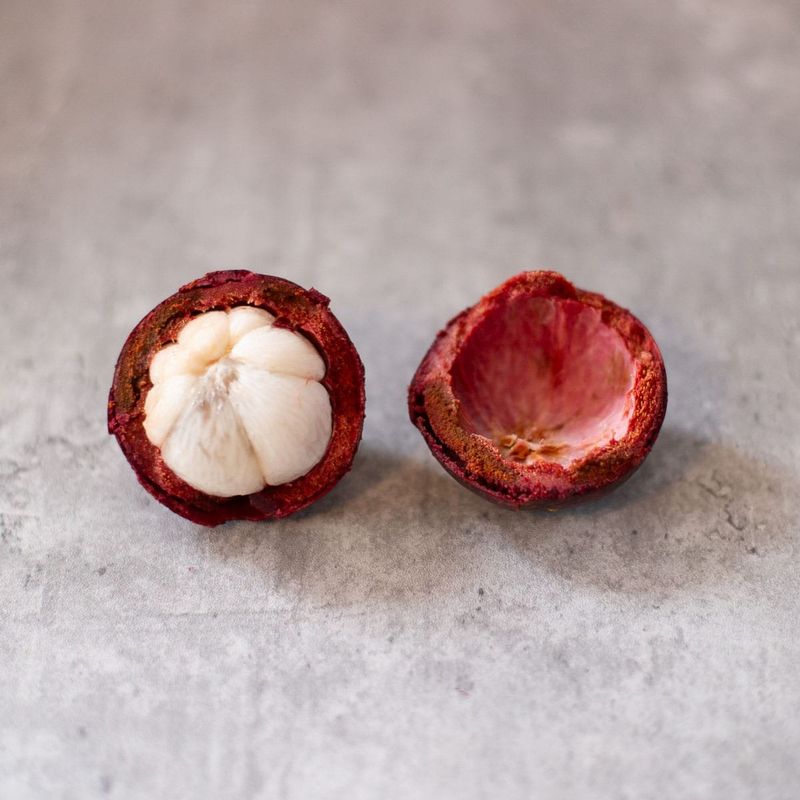
Those beautiful red lychee shells might look tempting, but they’re completely indigestible! These brittle, inedible coverings contain no nutritional value and can cause choking hazards.
The contrast between the delicious, juicy interior and the tough exterior is nature’s perfect packaging design. Attempting to eat these shells would be like chewing on plastic – unpleasant and potentially dangerous. Always discard these bright red rinds after enjoying the sweet fruit inside.
16. Pomegranate Rind: Too Tough
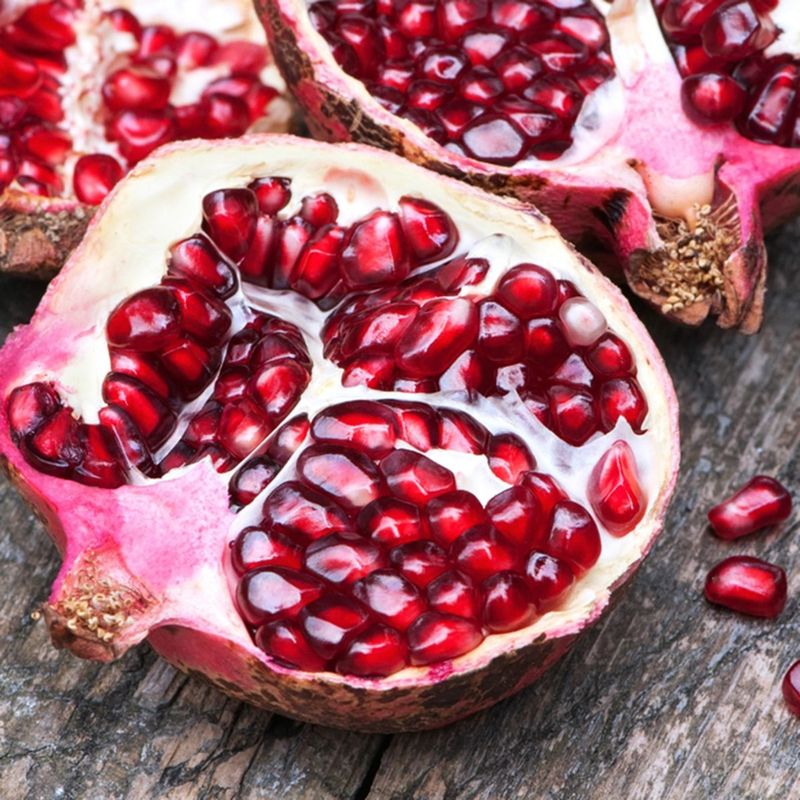
Holy antioxidants! While pomegranate rinds contain incredible medicinal compounds, they’re too bitter and tough for direct consumption! For generations, traditional medicine has made use of these leathery coverings.
Instead of eating them, try making tea or extract. The thick peel contains punicalagins with anti-inflammatory properties. Though not technically toxic, your teeth and taste buds will protest if you attempt to chew these tough exteriors. Consider them medicine, not food!
17. Cassava Skin: Cyanide Concern
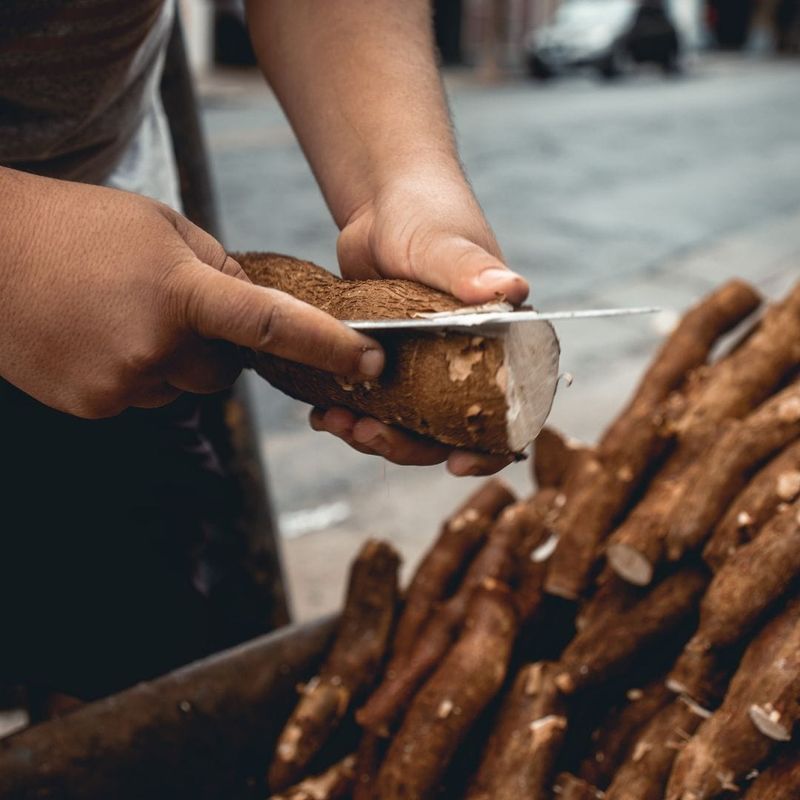
Beware! Cassava skins contain dangerous levels of cyanogenic glycosides that release cyanide when consumed! These toxic compounds can cause paralysis, organ damage, or even death if not properly removed.
While the flesh is a staple food for millions worldwide, the peel requires special processing to be safe. Traditional preparation methods involve extensive peeling, soaking, and cooking. Never experiment with cassava skins at home – leave it to the experts!

